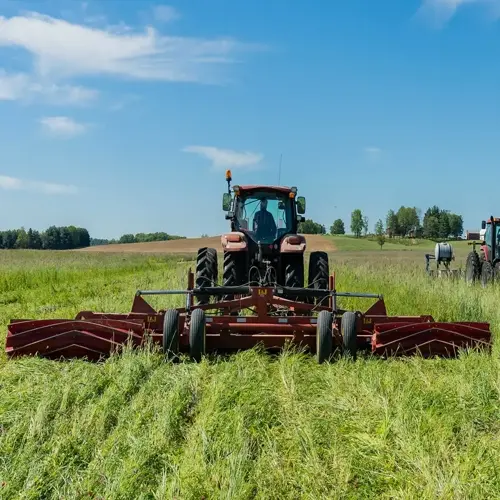What ground covers work best in dry conditions?

Written by
Benjamin Miller
Reviewed by
Prof. Martin Thorne, Ph.D.Drought-tolerant ground covers transform arid landscapes with minimal water requirements. Creeping thyme, sedum, and ice plant grow in dense mats, thriving in dry surface conditions and suppressing weeds. These hardy plants are replacing lawns in dry climates. I have used these plants to cover slopes and pathways, saving thousands of gallons a year.
Creeping Thyme
- Forms fragrant carpets needing only 4 inches of annual rain
- Withstands foot traffic and releases scent when crushed
- Produces pink or purple flowers that attract pollinators
Sedum Varieties
- Fleshy leaves store water for prolonged dry periods
- Spreads rapidly to cover large areas in one season
- Changes color seasonally from green to red to bronze
Ice Plant
- Dazzling blooms cover succulent foliage in spring
- Tolerates coastal salt spray and poor soils
- Seeds itself to fill gaps naturally over time
Prepare the soil by tilling it with gravel amendments for good drainage. Space plants 1 foot apart so they can spread quickly. Cover the area between plants with 1 inch of gravel mulch, which will help prevent weeds and reduce evaporation. During establishment, water weekly, then reduce to once a month. Following these tips will make for a maintenance-free cover in three to six months.
Use strategically on slopes and in trouble spots. Ice plant controls erosion on steep slopes. Creeping thyme fills the gaps between stepping stones. Sedum covers hot roof gardens. In my Arizona projects, these used 70% less landscape water than traditional lawns.
Use varieties for year-round beauty. Combine flowering thyme with silver-leaved sedums. Produce seasonal color with the blooms of the ice plants. These combinations give rise to living mosaics that require but seasonal trimming. They will withstand temperatures ranging from -30°F to 110°F when properly selected for your zone.
Read the full article: Top 10 Drought Resistant Plants for Gardens

